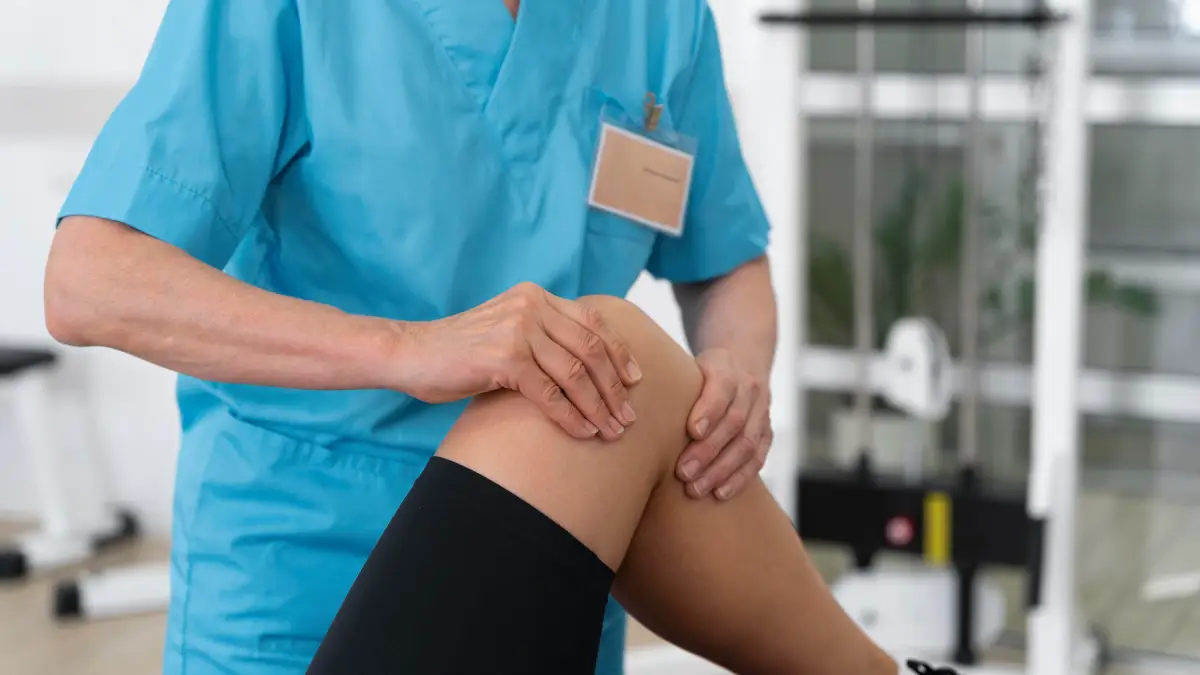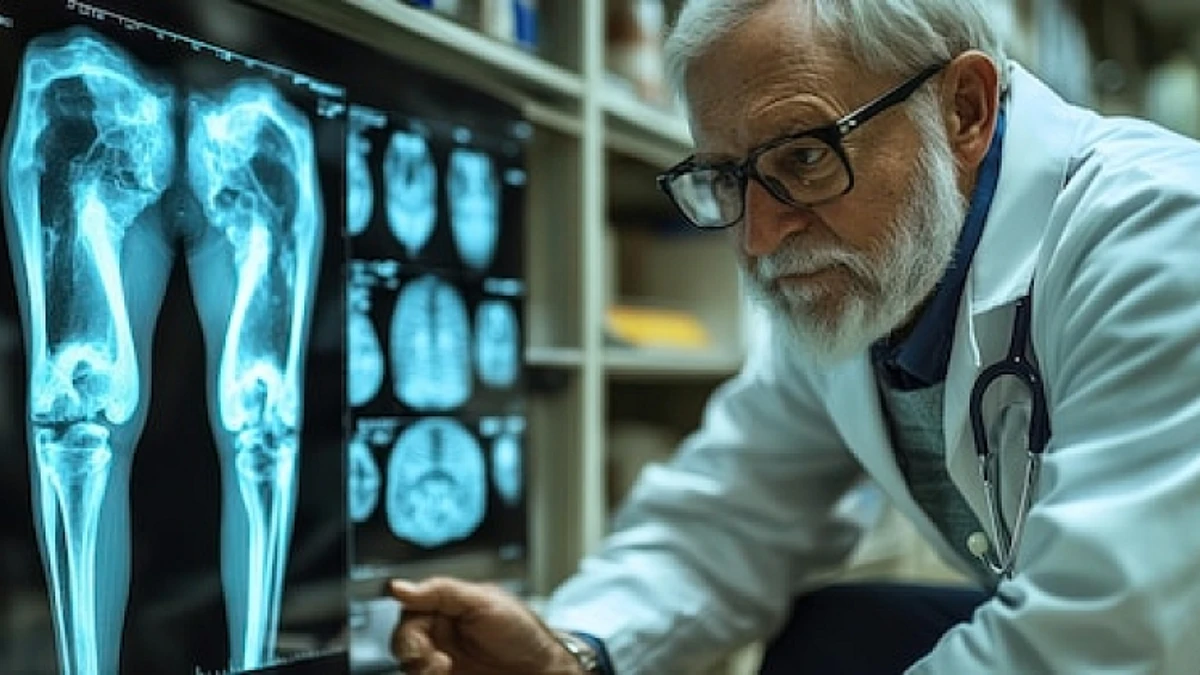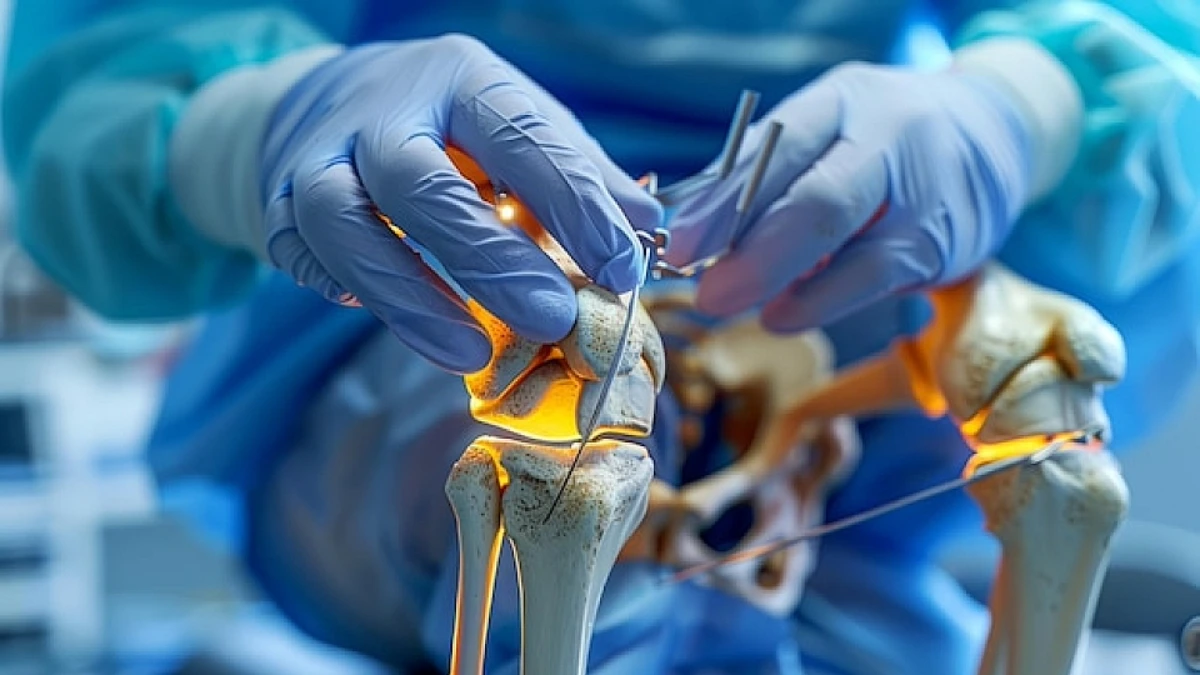Lymphedema is a chronic condition characterized by swelling caused by the accumulation of lymph fluid between the skin and muscle. This condition disrupts the lymphatic system—a vital part of your body’s defence mechanism against infections and diseases. In cases of cancer, either the disease itself or treatments such as surgery and radiation therapy can hinder lymph fluid flow, leading to secondary lymphedema. This issue may emerge either soon after treatment or years later, often progressing slowly. Although irreversible, lymphedema management techniques can alleviate symptoms and improve daily functionality. Early intervention is crucial, so seek medical advice if you notice symptoms like swelling or heaviness.
What is Lymphedema?
Lymphedema is characterized by swelling due to an accumulation of lymph fluid between the skin and muscle. This lymph fluid is an integral component of the lymphatic system, which plays a crucial role in the body’s immune defence, enabling it to combat infections and diseases. Cancer or its treatments can disrupt the normal flow of lymphatic fluid, leading to lymphedema, also known as secondary lymphedema. This condition may manifest shortly after cancer treatment or years later, often developing gradually over an extended period.
Despite being a chronic incurable condition, lymphedema can be managed effectively to alleviate swelling and enhance daily functionality. Early treatment initiation significantly aids in controlling the severity of lymphedema, so it’s imperative to consult your doctor if you notice any symptoms such as swelling or a sensation of heaviness in the affected area.
What Causes Lymphedema?
Lymphedema originates from any blockage or alteration in the flow of lymph fluid within the body. Several factors, particularly associated with cancer and its treatments, contribute to this interruption:
- Cancer or tumour blockages: An obstruction caused by cancer cells or tumours can impede the lymph fluid flow.
- Surgical disruption: Surgical removal of lymph nodes during cancer treatment can disturb normal lymph fluid movement.
- Radiation therapy: Radiation can induce scarring, which may block lymph fluid flow.
Risk factors for developing lymphedema include the type and location of cancer and its treatments. Additional risk factors encompass infections, slow post-surgical healing, having lymph nodes removed, previous surgeries or radiation treatments, advanced cancer stages, and obesity. Consulting your doctor can provide a detailed assessment of your risk for lymphedema.
Lymphedema and Breast Cancer
Breast cancer treatment, particularly surgery involving the removal of lymph nodes in the underarm, significantly increases the risk of lymphedema. Those treated with radiation therapy or surgery for breast cancer may develop lymphedema in their hand, arm, or chest, primarily on the side of the body where lymph nodes are compromised.
Lymphedema and Other Cancers
Lymphedema can occur in various parts of the body, though it predominantly affects the arms or legs. Cancers located near lymph nodes and vessels, especially those in the abdomen or genital area, heighten the risk of lymphedema. Lymphoma, affecting the lymphatic system’s white blood cells, can also result in lymphedema due to white blood cell buildup and lymph flow blockage.
Certain cancers predispose individuals to specific lymphedema locations:
- Genital area or abdomen: Vulvar, vaginal, ovarian, endometrial, cervical, prostate, or colorectal cancers.
- Face and neck: Head and neck cancers may cause swelling in these regions, potentially even inside the body such as in the throat, which might not be visible externally.
- Post-surgery for melanoma and sarcoma: These surgeries can also lead to lymphedema.
Symptoms of Lymphedema
Lymphedema symptoms may emerge gradually and can vary based on the affected body part. Vigilance for any subtle changes is essential, and early consultation with a doctor upon noticing symptoms can lead to better management.
General Symptoms of Lymphedema
- A heavy, full, or tight feeling in the affected area post-surgery or radiation therapy.
- Observable swelling, leaving a dent when pressed initially, but as it progresses, the dent may no longer appear.
- Numbness or tingling in the affected area, with discomfort intensifying over time.
- Skin discolouration and hardening in chronic cases.
Lymphedema in Arms or Legs
Specific signs include:
- A heavy, full, or tight sensation in the arm, leg, fingers, or toes.
- Noticeably larger arm or leg compared to its counterpart.
- Difficulty in moving the affected limb.
- Weakness in the arm or leg.
Lymphedema in Head or Neck
Additional indicators are:
- Swelling and an uncomfortable tightness in the face, neck, or under the chin.
- Aching, tingling, pain, or numbness in the face, head, neck, shoulders, or ears.
- Difficulties in moving the neck or head, speaking, eating, swallowing, or breathing.
- Changes in voice, vision, or hearing.
Lymphedema in Genitals or Abdomen
Symptoms may include:
- Swelling in the genital area or abdomen.
- Painful urination.
- Discomfort during walking, sex, and other movements.
Lymphedema and Cellulitis
Cellulitis, a potentially fatal bacterial skin infection, frequently complicates lymphedema as the stretched skin in swollen areas allows bacteria to penetrate more
easily. Symptoms of cellulitis can mimic those of lymphedema, making it imperative to consult a doctor for any new or worsening skin changes. Typical signs of cellulitis include:
- Pain, tenderness, redness, and swelling in the affected area.
- The affected skin may feel warm to the touch.
- Fever.
If you experience fever or any other signs of cellulitis, seek medical attention immediately. Untreated cellulitis can become life-threatening, but timely antibiotic treatment can effectively manage the infection.
How is Lymphedema Diagnosed?
Monitoring for lymphedema symptoms such as tightness or swelling during and after cancer treatment is crucial. Upon noticing any changes, your doctor will examine the affected area and may employ various diagnostic tests to identify the underlying cause and nature of the swelling:
- Ultrasound: Uses high-energy sound waves to examine fluid movement within the body and can detect blood clots.
- Magnetic Resonance Imaging (MRI): This imaging technique, especially Magnetic Resonance Lymphangiography (MRL), uses a combination of dye, magnets, radio waves, and computers to create detailed images of the lymphatic system and identify blockages.
- CT Scan: A computer-linked x-ray machine produces detailed body images from multiple angles. Sometimes dye is used for clearer visualization.
- Lymphoscintigraphy: This involves injecting a small amount of radioactive glucose to trace lymph fluid flow and pinpoint blockages.
- Perometry and Water Displacement: These non-invasive methods estimate limb volume to assess the risk of lymphedema.
- Bioimpedance Spectroscopy: Measures body fluid levels to detect early-stage lymphedema before symptoms become apparent.
Lymphedema Stages
Lymphedema is classified into stages based on severity:
- Stage 0: Lymph flow is impaired, but symptoms may or may not be present.
- Stage I: Swelling is noticeable, and pressing on the area leaves a pit. Rest and elevation help reduce swelling.
- Stage II: Increased swelling and firmness in the affected area. Pitting no longer occurs, and resting does not alleviate the swelling.
- Stage III: Severe swelling with hard, thick skin. Mobility decreases and the skin may become dry or blistered.
How is Lymphedema Treated?
Managing lymphedema focuses on alleviating symptoms through various treatments. These approaches can be performed at home or under professional supervision, including:
- Short Stretch Bandaging and Compression Garments: These tools help move lymph fluid, preventing buildup. Professional fitting and instruction are recommended.
- Manual Lymphatic Drainage (MLD): This gentle massage technique stimulates lymph fluid movement. MLD is often part of complete decongestive therapy (CDT), which also includes bandaging, exercises, and skincare.
- Compression Pumps: Devices that intermittently apply pressure via a sleeve or sock to keep lymph fluid moving.
- Surgical and Other Treatments: For advanced cases, surgical options may include lymphovenous bypass, lymphovenous transplant, liposuction, and laser therapy to enhance lymph fluid flow and skin health.
Primary Lymphedema
Primary lymphedema results from rare inherited conditions affecting lymphatic system development, such as:
- Infancy: Congenital Milroy’s disease.
- Puberty to age 35: Meige’s disease typically manifests during these years.
- After age 35: a rare late-onset form, can cause swelling primarily in the legs.
Secondary Lymphedema
Secondary lymphedema stems from lymphatic system damage due to surgery, trauma, or radiation therapy. It is most prevalent among those treated for breast cancer, although not every patient develops it.
Conclusion
At Avicenna International Hospital, we aim to provide compassionate care for people affected by lymphedema. We ensure that each patient receives personalized attention and the most advanced therapies to address their individual needs.
If you or a loved one are experiencing symptoms of lymphedema, don’t hesitate to reach out to us. Our team of experts is here to guide you through every step of the Lymphedema treatment process in Turkey, empowering you to take control of your health and reclaim your quality of life.
Lymphedema is a chronic condition that cannot be completely cured. However, it can be managed effectively with proper treatment and lifestyle modifications to reduce swelling and improve daily functionality.
Lymphedema management focuses on reducing symptoms and improving quality of life. Treatment options include compression therapy, manual lymphatic drainage, compression pumps, surgery, and other medical interventions tailored to individual needs.
Individuals should avoid activities that may exacerbate swelling, such as prolonged exposure to heat, tight clothing or accessories that restrict lymph flow, vigorous exercises, harsh massages, and direct injury to the affected area. It is important to consult healthcare professionals before starting any new activities or treatments.







